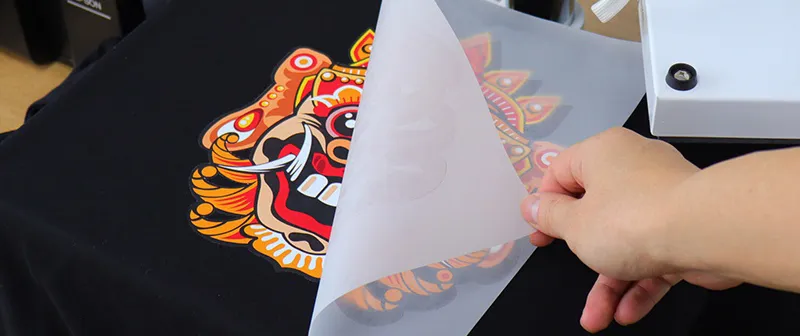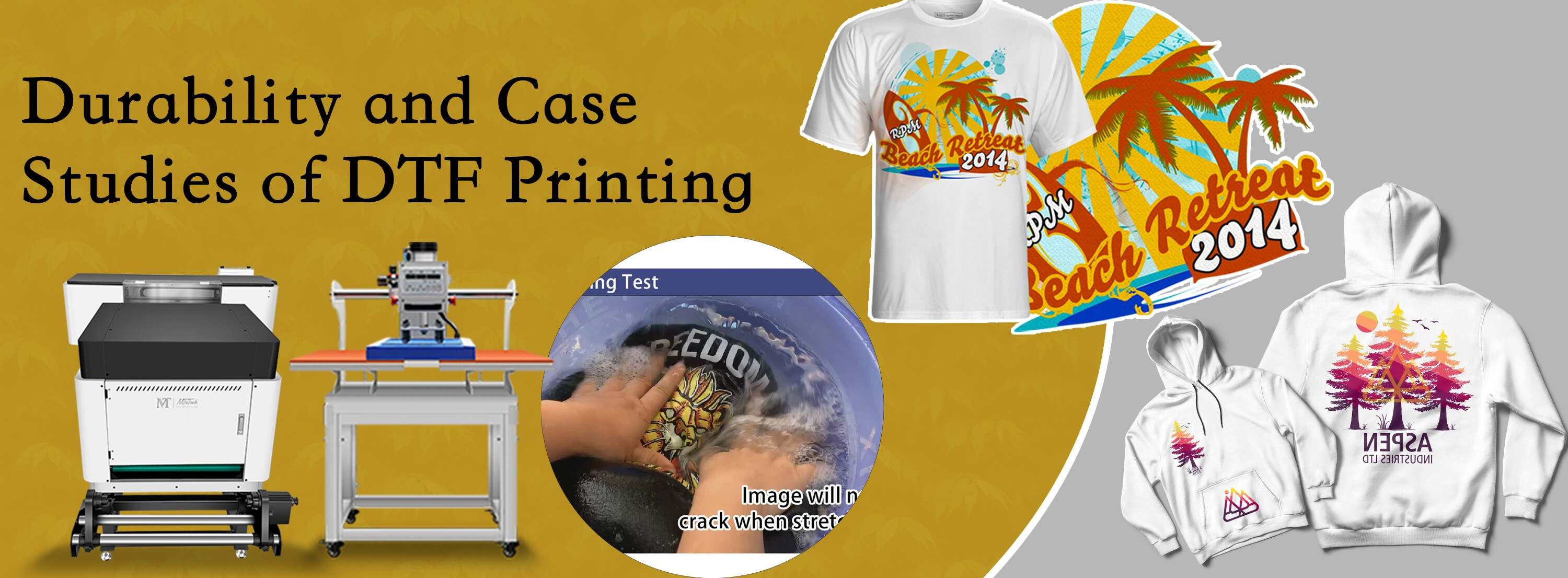Utilizing the Power of DTF Printing: Techniques for High-Quality Textile Designs
Utilizing the Power of DTF Printing: Techniques for High-Quality Textile Designs
Blog Article
The Future of Fashion: Checking Out DTF Printing Innovation in the Fabric Sector
Amongst these innovations, Direct to Film (DTF) printing modern technology has actually emerged as an appealing challenger, providing distinct abilities and chances for designers and suppliers alike. This sophisticated printing technique has actually sparked interest due to its prospective to change typical textile printing processes.
Evolution of Textile Printing
Throughout history, the development of fabric printing has been a testimony to the innovative improvements in this elaborate art form. From the old human beings utilizing methods like block printing to the electronic transformation of today, textile printing has actually continually pressed borders. The origins of fabric printing can be traced back to China around 220 AD, with using wooden blocks to print on silk textiles. As the craft infect various other components of the world, new methods such as screen printing and roller printing emerged during the Industrial Transformation, reinventing the textile sector - DTF Printing.
In the 20th century, improvements in innovation resulted in the growth of rotary screen printing, enabling faster and a lot more elaborate styles. The intro of electronic textile printing in the late 20th century noted a significant change in the direction of even more lasting and functional printing approaches. Today, with technologies like Direct-to-Fabric (DTF) printing modern technology, developers can create dynamic, comprehensive prints with higher efficiency and decreased ecological impact. The development of textile printing showcases a rich history of creativity, ingenuity, and technological progression worldwide of fashion and style.
Benefits of DTF Innovation
With the development of fabric printing strategies from old methods like block printing to contemporary advancements such as electronic printing, the intro of Direct-to-Fabric (DTF) technology has considerably improved the effectiveness and sustainability of fabric printing procedures. Among the key advantages of DTF technology is its ability to directly print designs onto fabric without the need for transfer papers, which decreases waste and simplifies the manufacturing process. Furthermore, DTF printing permits higher shade vibrancy and detail precision compared to standard techniques, allowing fabric manufacturers to create elaborate and top notch layouts with ease.
Moreover, DTF technology is recognized for its versatility, as it can be used on various sorts of fabrics, including all-natural fibers like cotton, wool, and silk, in addition to synthetic materials such as polyester and nylon (DTF Printing). This flexibility opens a variety of possibilities for suppliers and developers to explore various appearances and products, resulting in even more distinct and cutting-edge items in the fashion business. Generally, the implementation of DTF modern technology stands for a considerable advancement in fabric printing, providing countless benefits that contribute to the future sustainability and creative thinking of the industry
Sustainability in vogue Production
Stressing green techniques is paramount in contemporary style manufacturing, straightening with the growing customer demand for lasting products. In recent years, the garment industry has actually dealt with boosting analysis because of its substantial environmental effect, consisting of excessive water use, chemical contamination, and textile waste. As a feedback, numerous style brands are now incorporating sustainable methods right into their production procedures to lessen harm to the setting.
Sustainability in fashion production encompasses various elements, such as utilizing recycled and organic products, decreasing power usage, implementing honest labor methods, and advertising transparency throughout the supply chain. In addition, improvements in technology, like DTF printing, offer possibilities to even more enhance sustainability in fabric production. This innovation allows specific printing on fabrics, decreasing ink wastefulness and water usage compared to traditional printing methods.
Design Freedom and Personalization

Additionally, DTF printing facilitates personalization on a scale formerly unattainable, permitting for customized apparel and distinct items tailored to private choices. Overall, DTF printing innovation revolutionizes the style landscape in the fabric industry, using countless possibilities for imaginative expression and personalized style.
Effect On Supply Chain & Market Trends
DTF printing modern technology in the textile industry is reshaping supply chain dynamics and affecting market fads via its performance and customization capabilities. By allowing on-demand printing and getting rid of the requirement for big stocks, DTF innovation simplifies the supply chain procedure. Suppliers can generate things as required, lowering waste and storage space prices. This just-in-time manufacturing design likewise top article permits quicker action to market demands and trends, resulting in a more receptive and dexterous supply chain.
Additionally, the personalization potential of DTF printing modern technology is changing the marketplace patterns in the textile sector. Customers progressively seek customized and unique items, and DTF enables brands to use bespoke layouts cost-effectively. This personalization capability not just improves consumer contentment however also opens new chances for companies to satisfy specific niche markets and differentiate themselves from rivals. Consequently, DTF modern technology is driving a shift in the direction of more customer-centric and cutting-edge methods within the fabric industry, forming the future of style.

Verdict
In conclusion, DTF printing innovation is revolutionizing the textile market by offering many benefits such as style liberty, customization, and sustainability. This innovative modern technology is improving the future of style production, affecting supply chains, and driving market patterns towards a lot more environment-friendly and effective practices. As the market continues to progress, DTF printing will play an essential function fit the means textiles are created and eaten in the years ahead.
From the old worlds using methods like block printing to the digital revolution of today, fabric printing has continuously pressed limits. blog here As the craft spread to other parts of the world, new approaches such as screen printing and roller printing emerged during the Industrial Change, reinventing the textile sector.
The intro of digital fabric printing in the late 20th century noted a significant shift towards more sustainable and functional printing approaches.With the evolution of textile printing strategies from ancient methods like block printing to contemporary go to this site developments such as electronic printing, the intro of Direct-to-Fabric (DTF) technology has significantly improved the effectiveness and sustainability of fabric printing procedures (DTF Printing).In reaction to the necessary change in the direction of sustainability in style manufacturing, the fostering of innovative modern technologies like DTF printing not only addresses environmental issues yet likewise opens up opportunities for exceptional design flexibility and personalization in the textile market
Report this page